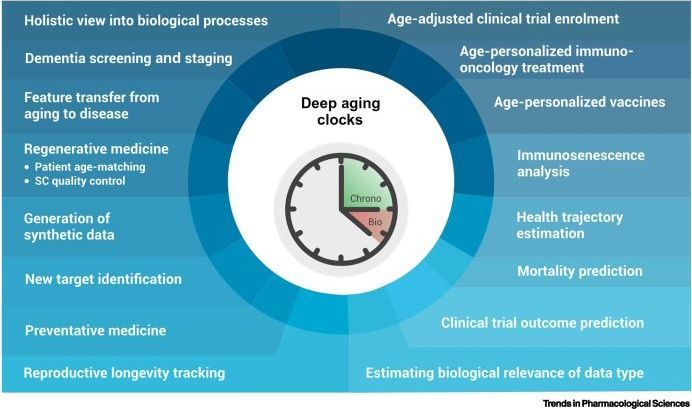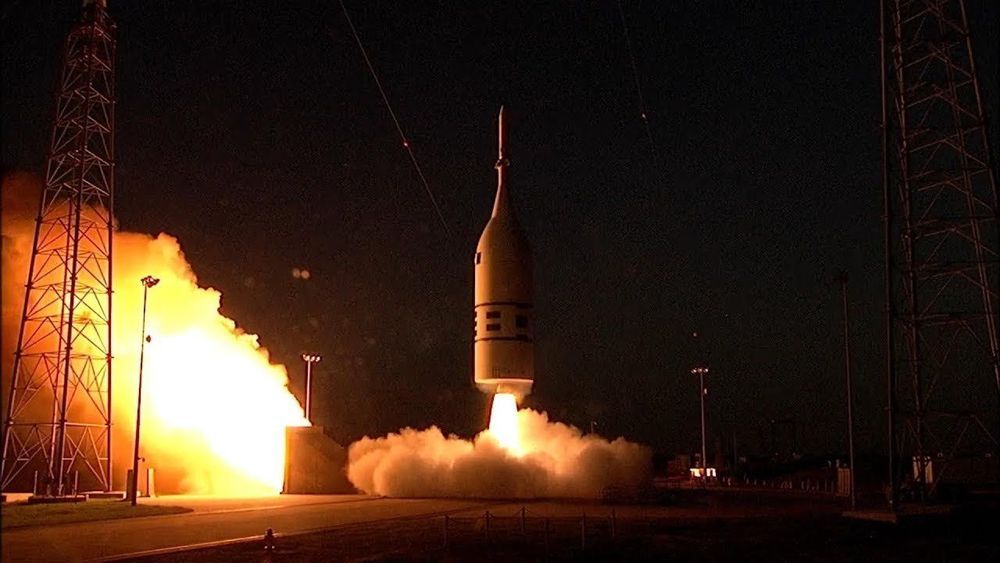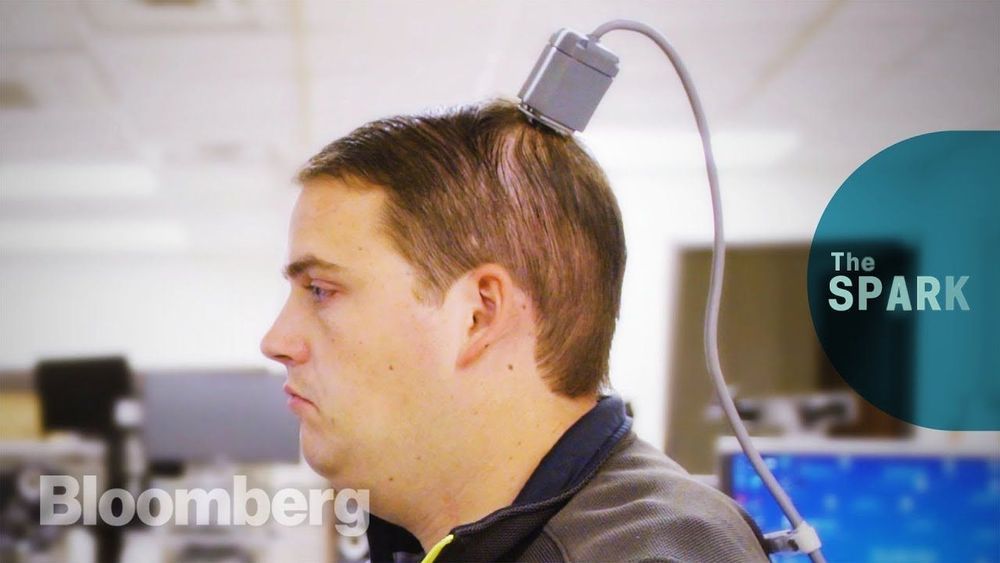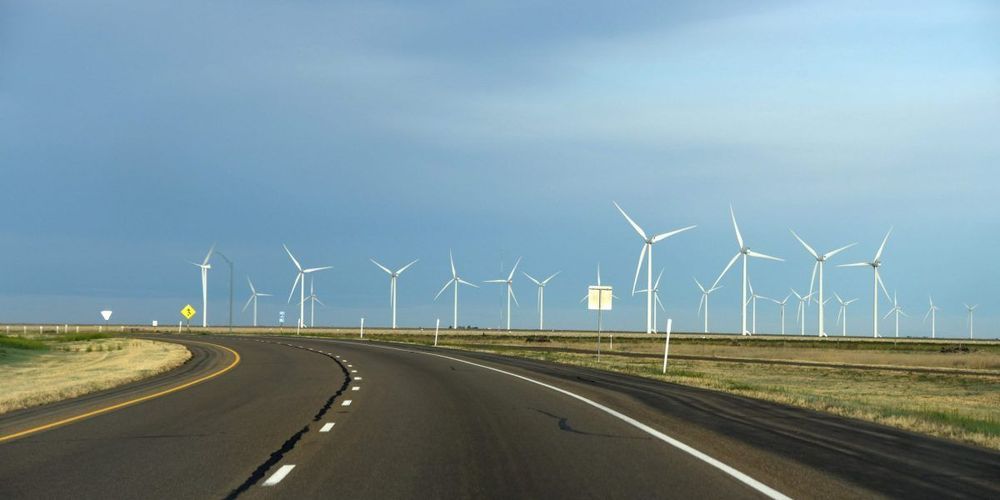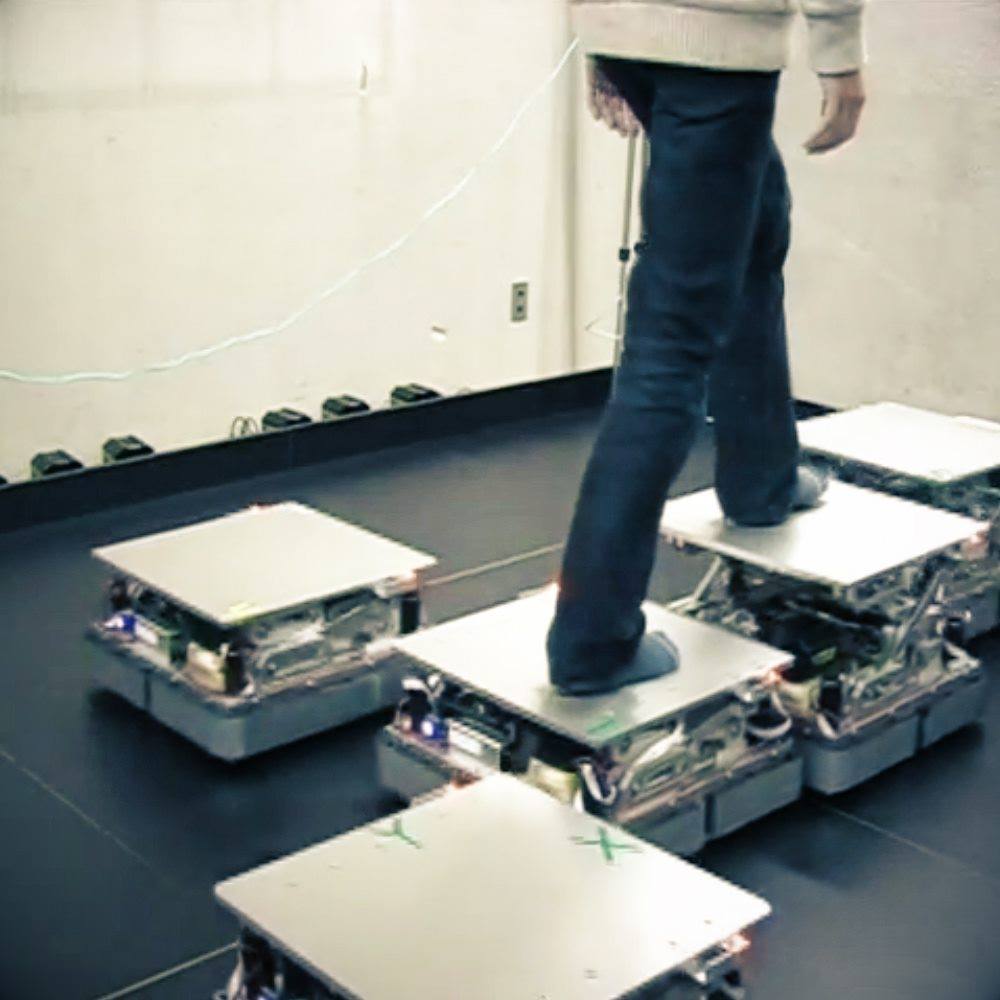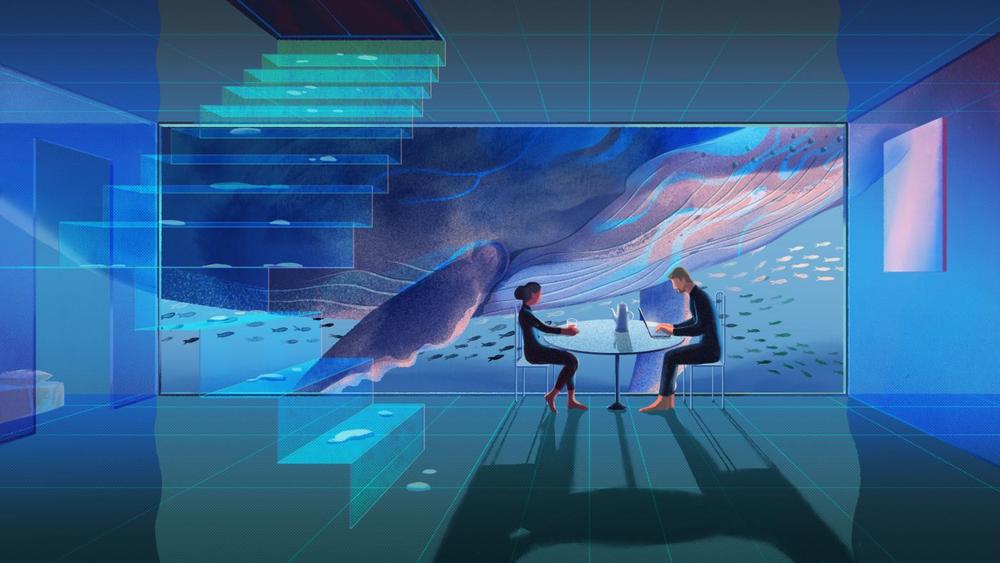Jul 7, 2019
Could machines become self-aware?
Posted by Paul Battista in categories: neuroscience, robotics/AI
Analysis: humans make about 35,000 decisions every day so is it possible for AI to deal with a similar volume of high decision uncertainty?
Artificial intelligence (AI) that can think for itself may still seem like something from a science-fiction film. In the recent TV series Westworld, Robert Ford, played by Anthony Hopkins, gave a thought-provoking speech: “we can’t define consciousness because consciousness does not exist. Humans fancy that there’s something special about the way we perceive the world and yet, we live in loops as tight and as closed as the [robots] do, seldom questioning our choices – content, for the most part, to be told what to do next.”
Mimicking realistic human-like cognition in AI has recently become more plausible. This is especially the case in Computational Neuroscience, a rapidly expanding research area that involves the computational modelling of the brain to provide quantitative, computational theories.


